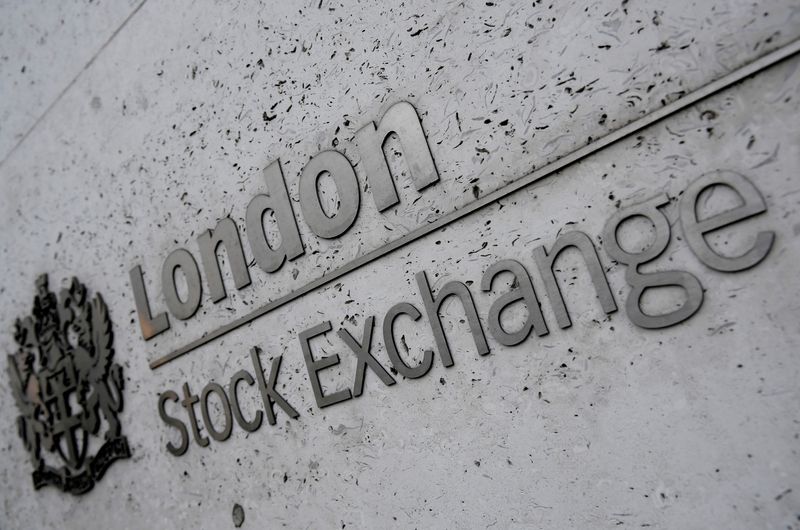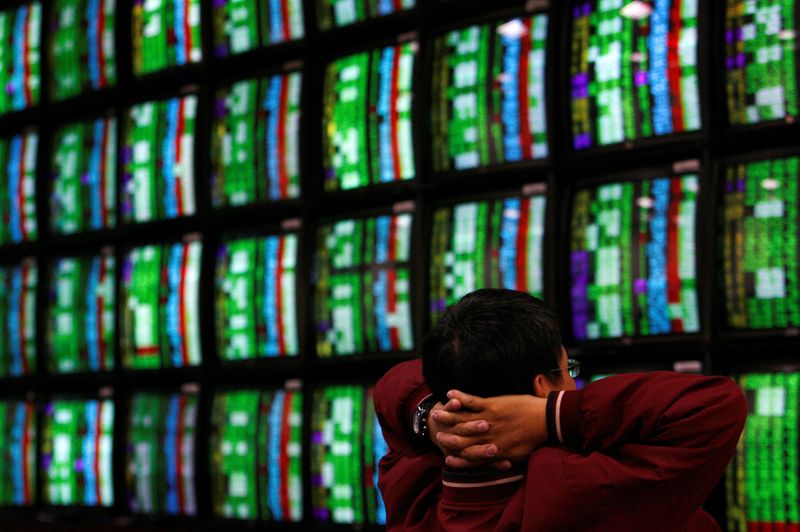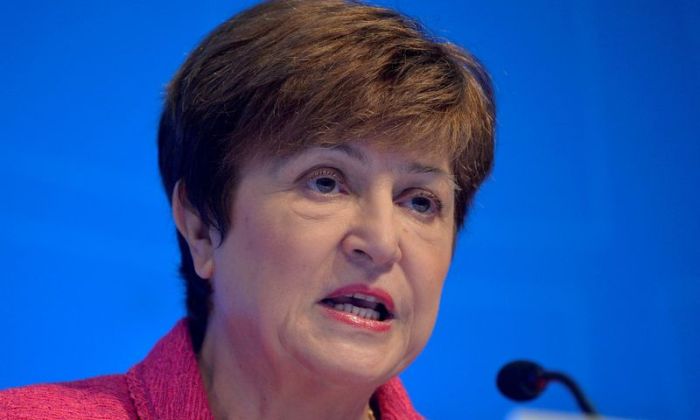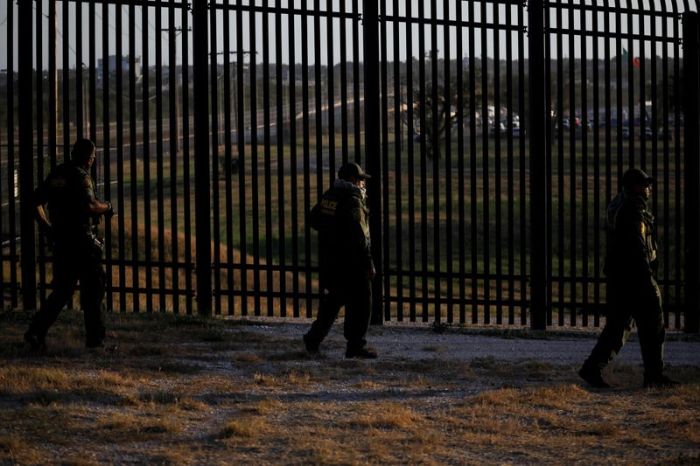NEW YORK (Reuters) – Wall Street rose on Wednesday in choppy trade as investors saw an imminent end to ultra-loose U.S. monetary policy as a vote of confidence in the economy, while two-year Treasury yields hit 18-month highs on bets that policy tightening is in the offing.
Indeed, the Federal Reserve signalled on Wednesday it could start reducing its crisis-era support for the U.S. economy – which is set to grow this year at its fastest pace in decades – by the middle of next month, with a growing number of policymakers worried that high inflation could persist longer than previously thought.
General optimism about economic growth helped the S&P 500 to reverse losses late in the day to gain 0.30%, while the Nasdaq Composite jumped 0.73% and the Dow Jones Industrial Average ended flat.
The pan-European STOXX 600 index rose 0.70% and MSCI’s gauge of stocks across the globe gained 0.48%.
Figures earlier had showed the U.S. consumer price index rising 0.4% last month, higher than an expected 0.3%, as Americans paid more for food, rent and a range of other goods, and highlighting the challenges of strained supply chains.
While some investors have worried that accelerating inflation that is compounded by soaring oil prices could retard economic growth and cause it to stagnate, sparking ‘stagflation’, analysts at JPMorgan argued on Wednesday that such fears were “overblown.”
“Persistent inflation suggests we remain in a hot economy, which could prompt the Fed to move sooner,” analysts from Bank of America said in a note.
“Historically, equity markets did well in periods of oil price increases, in particular those periods that followed a crisis,” the analysts said. They recommended that investors allocate more cash to shares in the energy, materials, industrial and financial sectors relative to other investments.
Bets of tighter monetary policy flattened the U.S. yield curve.
The two-year Treasury yield jumped to 0.394%, a level last seen March 2020, before receding to 0.36%. Benchmark 10-year yields declined to 1.5403%, from 1.58% late on Tuesday.
That left the spread between 10-year and two-year Treasury yields at around 118 basis points, the lowest in over two weeks.
A flatter yield curve dents banks’ profitability and weighed on bank shares.
Shares in JPMorgan Chase & Co dropped 2.6% for the day despite better-than-expected third-quarter earnings.
The dollar, which has benefited from bets that tighter U.S. monetary policy would burnish its appeal as a higher-yielding currency, took a breather on Wednesday.
The dollar index fell 0.42% to 94.033 from a one-year high of 94.563 struck the previous day. A softer dollar helped the euro to jump 0.56% off a near 15-month low to $1.15945.
The Japanese yen, which has hovered at a three-year low against the dollar, also bounced back, rising 0.23% to 113.27 per dollar.
Oil prices, which have been on a tear, also paused their rally, as some investors questioned whether inflation and other supply chain issues will crimp economic growth and ultimately energy demand.
U.S. crude fell 0.15% to $80.52 per barrel and Brent was at $83.27, down 0.18% on the day.
Gold, usually seen as a hedge against inflation, shone as a softer dollar added to its strength.
Spot gold jumped 1.9% to $1,792.91 an ounce. U.S. gold futures climbed 1.92% to $1,792.00 an ounce.
(Additional reporting by Alun John in Hong Kong and Sujata Rao in London; Editing by Nick Zieminski and Rosalba O’Brien)


























